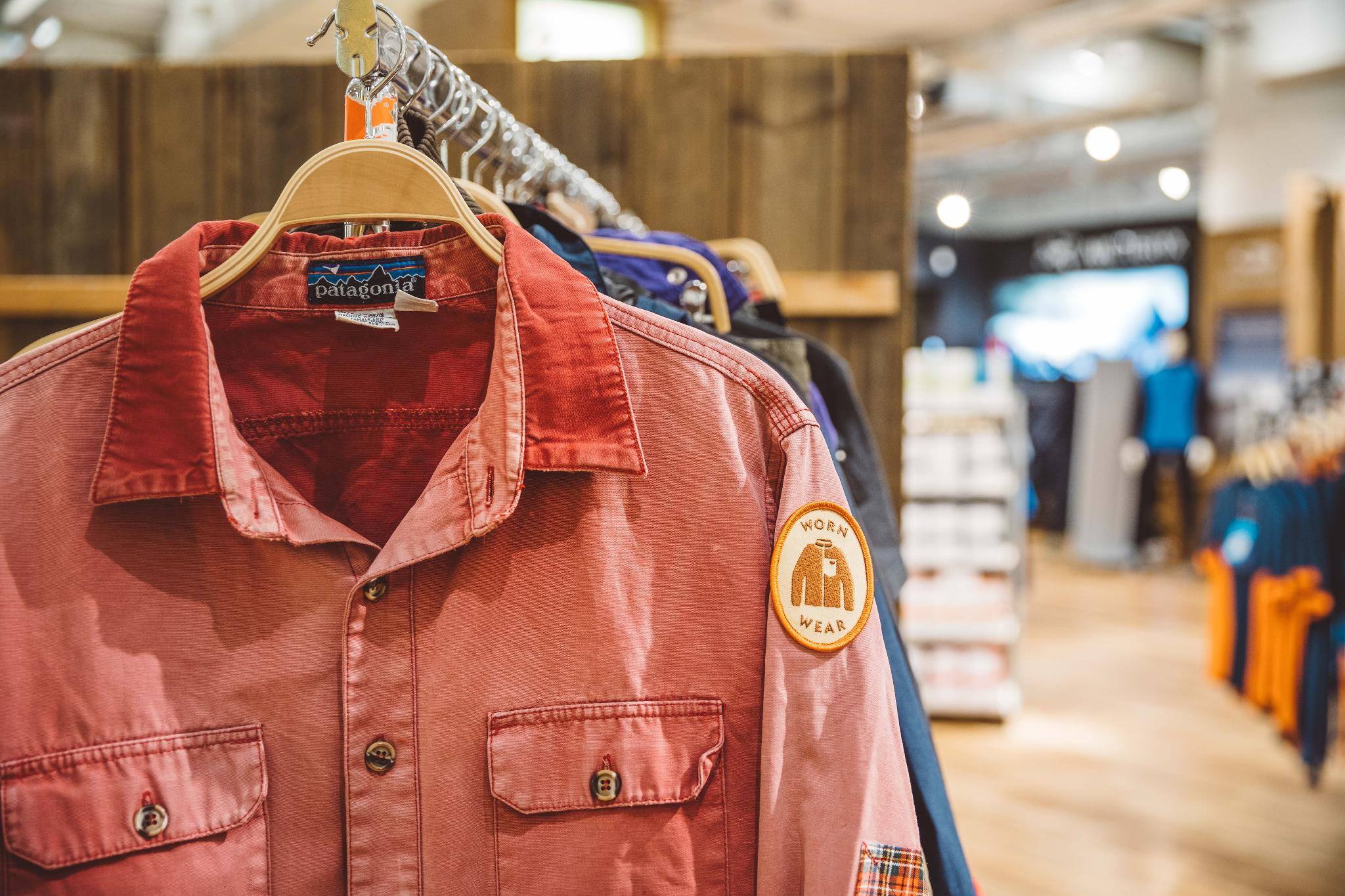Page content
The rise of the resale channels
Already before Covid hit, second-hand fashion had been picking up momentum. Especially younger generations have been hanging about flea markets and garage sales to find the perfect second-hand catch. Resale channels as Vinted, Wallapop, Depop, Vestaire Collective perfectly met the needs of consumers who combined tighter budgets with a desire to be more sustainable.
The pandemic really accelerated the growth of the resale market, which has evolved from being a side business to a golden opportunity brands can’t seem to seize fast enough. Projections say the resale market is set to reach around 77 billion USD by 2025. Enter the opportunity for brands: why would consumers buy their second-hand Hugo Boss shirt on Vinted, when they can do so on a dedicated Hugo Boss resale channel?
Hugo Boss’s resale launch included comments that secondhand purchases on average are 44 percent lower in carbon emissions than new purchases. Lululemon announced “a major step toward a circular eco-system” while Target says it is testing resale “in service to deliver on evolving guest needs, value and bold commitments to sustainability”.
- A greener image? Check.
- Increased customer loyalty? Check.
- A higher customer lifetime value? Check.

Patagonia leads the way
When it comes to setting up a resale channel, fellow B Corp Patagonia led the way in the sustainable fashion industry by launching Worn Wear in 2017. In an official statement, Patagonia’s board claimed: “Worn Wear is a set of tools to help our customers partner with Patagonia to take mutual responsibility to extend the life of the products Patagonia makes and customers purchase. The program provides significant resources for responsible care, repair, reuse and resale, and recycling at the end of a garment’s life.”
As an example setter in the sustainable fashion space, Patagonia got it right: the goal of its program is to celebrate the longevity of their products, and to change the way people think about the clothes they own.
Are you planning on setting up your own resale channel?
Our service design experts can help you set up a sound resale channel that optimizes your impact, revenue and customer experience.
4 mistakes to avoid when setting up a resale channel
1 – Forgetting what it’s all about
As active players in the sustainability space, we think reselling products is all about sustainability. It’s about making sure your products are used as long as possible and aren’t thrown away while they are still serviceable.
By using existing products longer, people buy less new products. New goods equal more resources needed, more greenhouse gas emissions and, eventually, more waste.
However, the fundamental goal of most producers, especially when it comes to fast fashion, is to make consumers buy more. Those brands consider their resale channel just another marketing tool to keep consumers engaged so they buy more new products. We know that, ultimately, that’s the catch for many—too many—fashion brands.
We see brands setting up a resale program and then giving their customers gift cards, vouchers, or discount codes to stimulate participation in the program. Unless these codes or vouchers can only be spent on the resale platform (which is hardly ever the case), this becomes just another way for brands to incentivize their customers to buy new stuff. These brands are missing the whole point of recommerce, to begin with. Can you smell the greenwashing?
2 – Not making it an essential part of the brand’s (impact) strategy
Having a resale program should become an essential part of your business and impact strategy. You need clear goals on how many used items you sell and how that will impact the number of new items you produce and sell. Continuous monitoring and communication will be key as the importance of authenticity, transparency and full traceability will continue to grow in the next few years. Those brands who play their cards right from the start, will be able to turn their resale program into a real long-term differentiator instead of being a one-off gimmick.
3 – Doing more of the same
Resale platforms offer brands a huge opportunity to improve their customer journeys. The potential to create extra touchpoints that stimulate brand loyalty can hardly be overestimated. And yet, we see way too many boring resale channels that all look alike and don’t add any value to the customers’ experience or the brand’s image.
4 – Not using the revenue potential
Some brands are so focused on the marketing potential that they completely downplay the revenue potential. Resale is here to stay and its weight in the shopping landscape will only increase in the following years. So you better have a sustainable, long-term business model that uses the potential of resale optimally by turning it into an important revenue stream.




